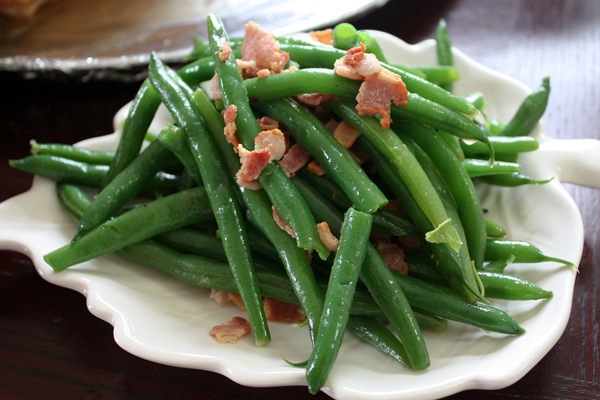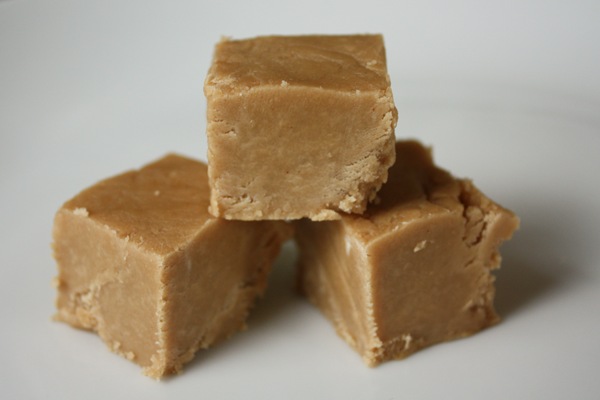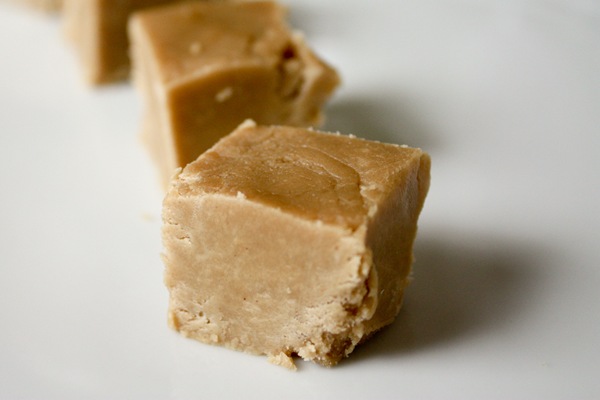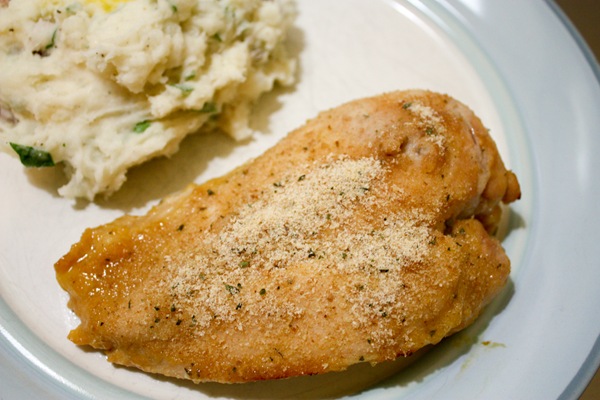How healthy (or not) certain foods are for us, is a hotly debated topic among experts and consumers alike, and there are no easy answers. But when Prevention talked to the people at the forefront of food safety and asked them one simple question—“What foods do you avoid?”—they got some pretty interesting answers. And their answers are, well, food for thought:
1. Canned Tomatoes
The expert: Fredrick vom Saal, PhD, an endocrinologist at the University of Missouri who studies bisphenol-A
The problem: The resin linings of tin cans contain bisphenol-A, a synthetic estrogen that has been linked to ailments ranging from reproductive problems to heart disease, diabetes, and obesity. Unfortunately, acidity (a prominent characteristic of tomatoes) causes BPA to leach into your food. Studies show that the BPA in most people's body exceeds the amount that suppresses sperm production or causes chromosomal damage to the eggs of animals. "You can get 50 mcg of BPA per liter out of a tomato can, and that's a level that is going to impact people, particularly the young," says vom Saal. "I won't go near canned tomatoes."
The solution: Choose tomatoes in glass bottles (which do not need resin linings), such as the brands Bionaturae and Coluccio. You can also get several types in Tetra Pak boxes, like Trader Joe's and Pomi.
2. Corn-Fed Beef
The expert: Joel Salatin, co-owner of Polyface Farms and author of half a dozen books on sustainable farming
The problem: Cattle evolved to eat grass, not grains. But farmers today feed their animals corn and soybeans, which fatten up the animals faster for slaughter. More money for cattle farmers (and lower prices at the grocery store) means a lot less nutrition for us. A recent comprehensive study conducted by the USDA and researchers from Clemson University found that compared with corn-fed beef, grass-fed beef is higher in beta-carotene, vitamin E, omega-3s, conjugated linoleic acid (CLA), calcium, magnesium, and potassium; lower in inflammatory omega-6s; and lower in saturated fats that have been linked to heart disease. "We need to respect the fact that cows are herbivores, and that does not mean feeding them corn and chicken manure," says Salatin.
The solution: Buy grass-fed beef, which can be found at specialty grocers, farmers' markets, and nationally at Whole Foods. It's usually labeled because it demands a premium, but if you don't see it, ask your butcher.
3. Microwave Popcorn
The expert: Olga Naidenko, PhD, a senior scientist for the Environmental Working Group,
The problem: Chemicals, including perfluorooctanoic acid (PFOA), in the lining of the bag, are part of a class of compounds that may be linked to infertility in humans, according to a recent study from UCLA. In animal testing, the chemicals cause liver, testicular, and pancreatic cancer. Studies show that microwaving causes the chemicals to vaporize—and migrate into your popcorn. "They stay in your body for years and accumulate there," says Naidenko, which is why researchers worry that levels in humans could approach the amounts causing cancers in laboratory animals. DuPont and other manufacturers have promised to phase out PFOA by 2015 under a voluntary EPA plan, but millions of bags of popcorn will be sold between now and then.
The solution: Pop natural kernels the old-fashioned way: in a skillet. For flavorings, you can add real butter or dried seasonings, such as dillweed, vegetable flakes, or soup mix.
4. Nonorganic Potatoes
The expert: Jeffrey Moyer, chair of the National Organic Standards Board
The problem: Root vegetables absorb herbicides, pesticides, and fungicides that wind up in soil. In the case of potatoes—the nation's most popular vegetable—they're treated with fungicides during the growing season, then sprayed with herbicides to kill off the fibrous vines before harvesting. After they're dug up, the potatoes are treated yet again to prevent them from sprouting. "Try this experiment: Buy a conventional potato in a store, and try to get it to sprout. It won't," says Moyer, who is also farm director of the Rodale Institute (also owned by Rodale Inc., the publisher of Prevention). "I've talked with potato growers who say point-blank they would never eat the potatoes they sell. They have separate plots where they grow potatoes for themselves without all the chemicals."
The solution: Buy organic potatoes. Washing isn't good enough if you're trying to remove chemicals that have been absorbed into the flesh.
5. Farmed Salmon
The expert: David Carpenter, MD, director of the Institute for Health and the Environment at the University at Albany and publisher of a major study in the journal Science on contamination in fish.
The problem: Nature didn't intend for salmon to be crammed into pens and fed soy, poultry litter, and hydrolyzed chicken feathers. As a result, farmed salmon is lower in vitamin D and higher in contaminants, including carcinogens, PCBs, brominated flame retardants, and pesticides such as dioxin and DDT. According to Carpenter, the most contaminated fish come from Northern Europe, which can be found on American menus. "You can only safely eat one of these salmon dinners every 5 months without increasing your risk of cancer," says Carpenter, whose 2004 fish contamination study got broad media attention. "It's that bad." Preliminary science has also linked DDT to diabetes and obesity, but some nutritionists believe the benefits of omega-3s outweigh the risks. There is also concern about the high level of antibiotics and pesticides used to treat these fish. When you eat farmed salmon, you get dosed with the same drugs and chemicals.
The solution: Switch to wild-caught Alaska salmon. If the package says fresh Atlantic, it's farmed. There are no commercial fisheries left for wild Atlantic salmon.
6. Milk Produced with Artificial Hormones
The expert: Rick North, project director of the Campaign for Safe Food at the Oregon Physicians for Social Responsibility and former CEO of the Oregon division of the American Cancer Society
The problem: Milk producers treat their dairy cattle with recombinant bovine growth hormone (rBGH or rBST, as it is also known) to boost milk production. But rBGH also increases udder infections and even pus in the milk. It also leads to higher levels of a hormone called insulin-like growth factor in milk. In people, high levels of IGF-1 may contribute to breast, prostate, and colon cancers. "When the government approved rBGH, it was thought that IGF-1 from milk would be broken down in the human digestive tract," says North. As it turns out, the casein in milk protects most of it, according to several independent studies. "There's not 100% proof that this is increasing cancer in humans," admits North. "However, it's banned in most industrialized countries."
The solution: Check labels for rBGH-free, rBST-free, produced without artificial hormones, or organic milk. These phrases indicate rBGH-free products.
7. Conventional Apples
The expert: Mark Kastel, former executive for agribusiness and codirector of the Cornucopia Institute, a farm-policy research group that supports organic foods
The problem: If fall fruits held a "most doused in pesticides contest," apples would win. Why? They are individually grafted (descended from a single tree) so that each variety maintains its distinctive flavor. As such, apples don't develop resistance to pests and are sprayed frequently. The industry maintains that these residues are not harmful. But Kastel counters that it's just common sense to minimize exposure by avoiding the most doused produce, like apples. "Farm workers have higher rates of many cancers," he says. And increasing numbers of studies are starting to link a higher body burden of pesticides (from all sources) with Parkinson's disease.
The solution: Buy organic apples. If you can't afford organic, be sure to wash and peel them first.
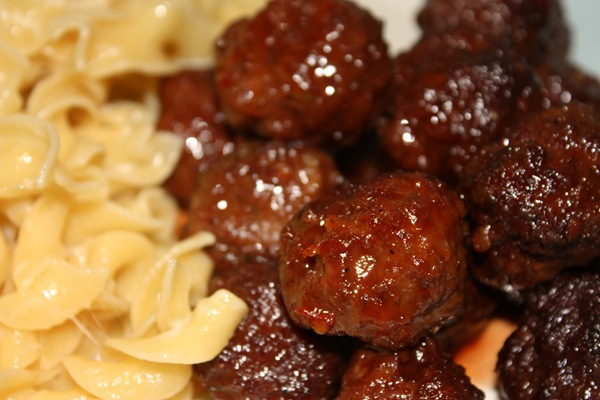 It’s the time of year when you want something comforting and hearty for dinner. That usually means meat in my house. I could make meatloaf, but I wanted something a little different. So I decided on meatballs. After all, they’re almost like mini meatloaves.
It’s the time of year when you want something comforting and hearty for dinner. That usually means meat in my house. I could make meatloaf, but I wanted something a little different. So I decided on meatballs. After all, they’re almost like mini meatloaves.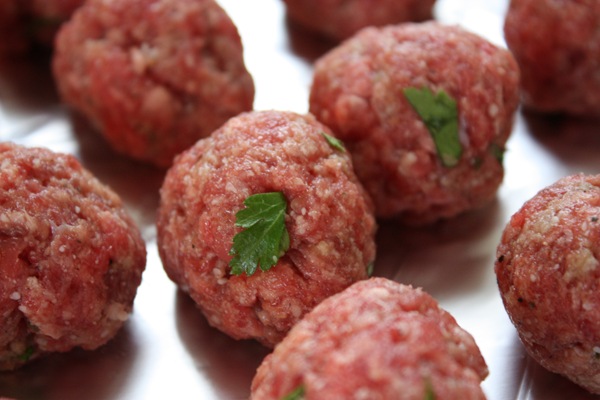
 Read more!
Read more!

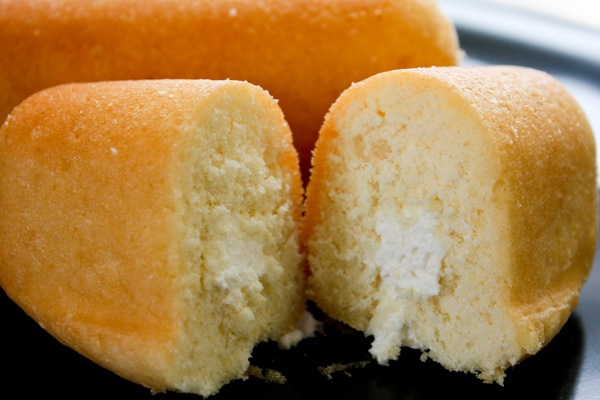


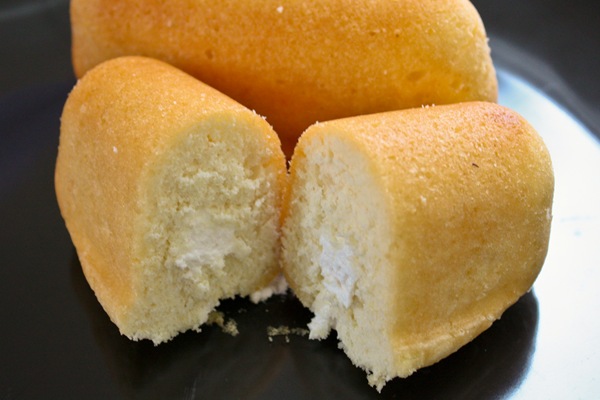

 Supplies:
Supplies: 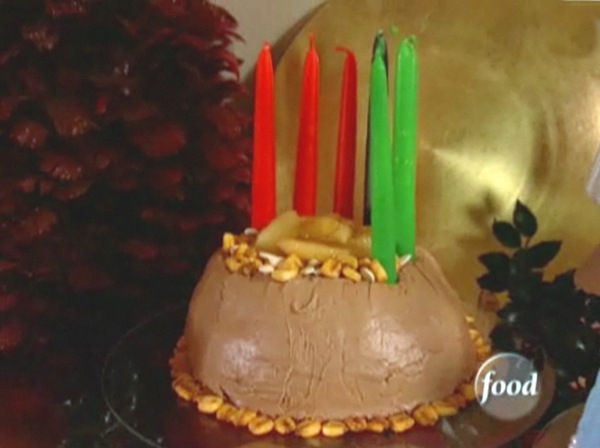

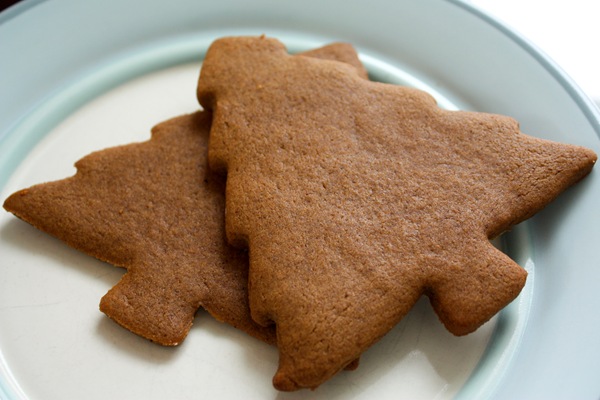

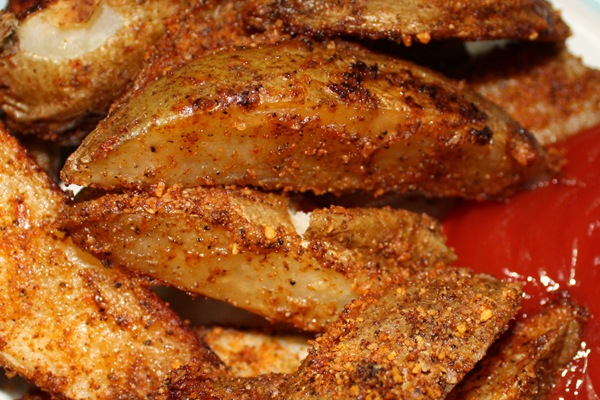
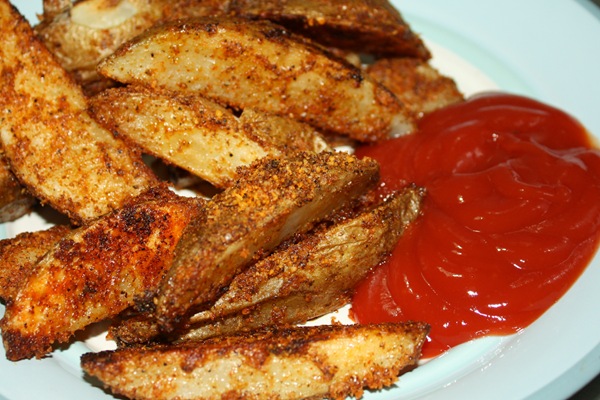 Rather than just relying on the oven to bake these potato wedges of differing sizes, I went to the microwave. I poked holes with the tines of a fork into whole potatoes and microwaved about 8 or 9 of them for 5-6 minutes. Once done, and slightly cooled, I cut the potatoes into wedges. The microwaving seemed to help the potatoes with their final texture. Once the wedges were baked in the oven, they came out crispy on the outside, and more like a baked potato on the inside.
Rather than just relying on the oven to bake these potato wedges of differing sizes, I went to the microwave. I poked holes with the tines of a fork into whole potatoes and microwaved about 8 or 9 of them for 5-6 minutes. Once done, and slightly cooled, I cut the potatoes into wedges. The microwaving seemed to help the potatoes with their final texture. Once the wedges were baked in the oven, they came out crispy on the outside, and more like a baked potato on the inside.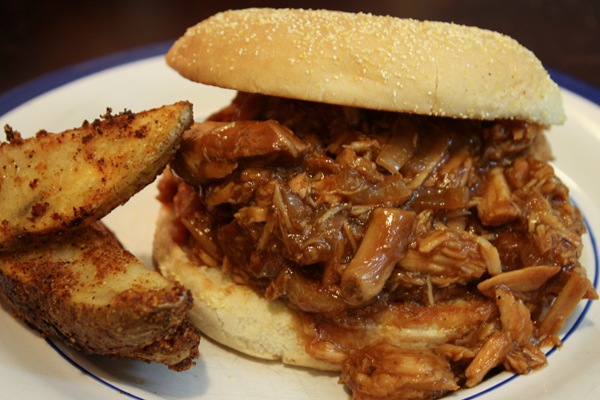
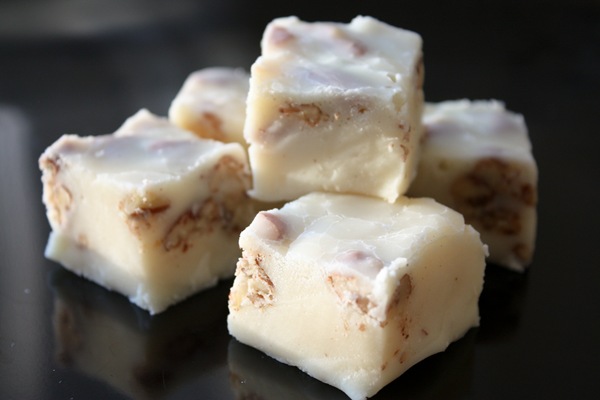
 I also wondered how in the world would this fudge set up, when it’s just white chocolate chips and sweetened condensed milk. Well, I don’t know how it works but it sets up great. Just chill the finished fudge for two hours, cut into squares and then it’s good at room temperature.
I also wondered how in the world would this fudge set up, when it’s just white chocolate chips and sweetened condensed milk. Well, I don’t know how it works but it sets up great. Just chill the finished fudge for two hours, cut into squares and then it’s good at room temperature.
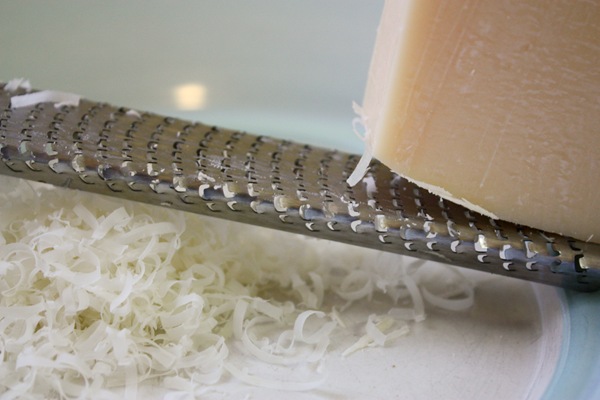
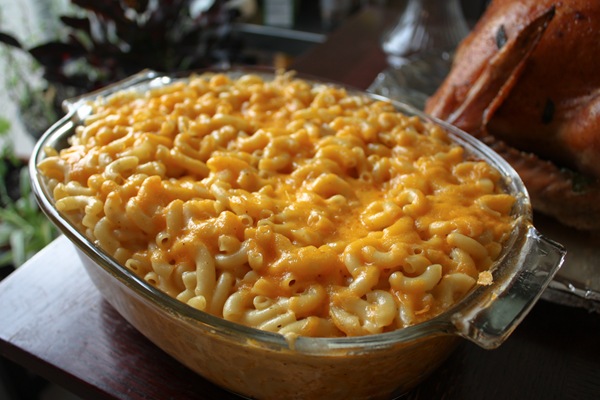

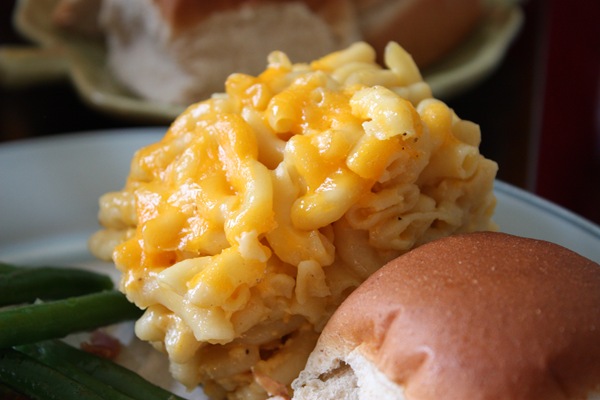
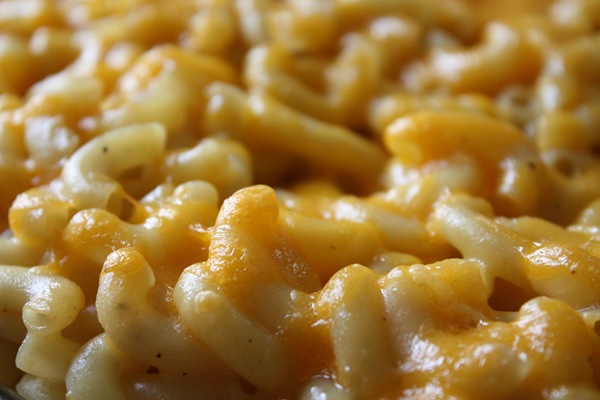

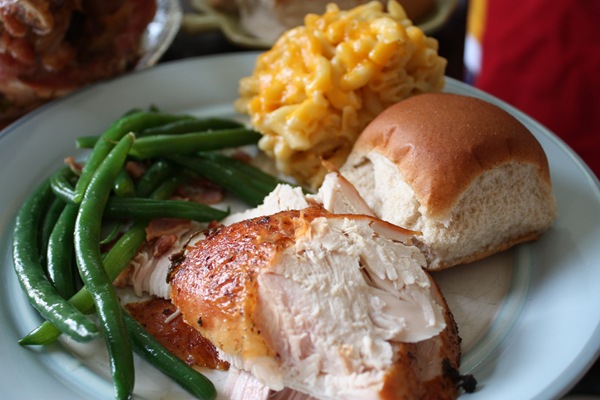 Thanksgiving is centered around the food. But this year I didn’t even have to cook. It’s good to know a chef. He put together this great meal for us.
Thanksgiving is centered around the food. But this year I didn’t even have to cook. It’s good to know a chef. He put together this great meal for us.  A wonderfully brined and moist turkey with macaroni and cheese, green beans and bacon and dinner rolls (store bought). We also had the choice of three deserts; chocolate cake, peach pie with a crumb topping, and sweet potato pie. I loved the sweet potato pie because it had a non-gummy texture and wasn’t overly spiced so the sweet potato flavor came through.
A wonderfully brined and moist turkey with macaroni and cheese, green beans and bacon and dinner rolls (store bought). We also had the choice of three deserts; chocolate cake, peach pie with a crumb topping, and sweet potato pie. I loved the sweet potato pie because it had a non-gummy texture and wasn’t overly spiced so the sweet potato flavor came through.

